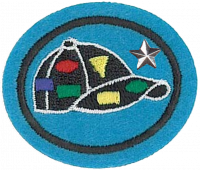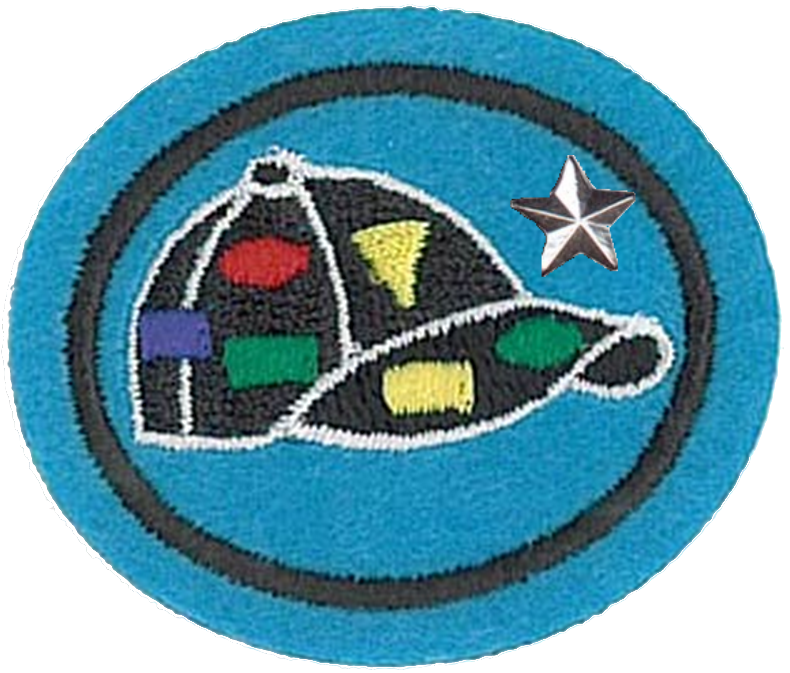Difference between revisions of "AY Honors/Pin Trading - Advanced/Requirements/es"
(Created page with "</noinclude>Colgador <noinclude>") |
(Created page with "</noinclude>Describir las siguientes clases de pins: <noinclude>") |
||
| Line 57: | Line 57: | ||
<noinclude></noinclude><section end=req5e /></b> | <noinclude></noinclude><section end=req5e /></b> | ||
| − | :<b>f. <section begin=req5f /><noinclude> | + | :<b>f. <section begin=req5f /><noinclude></noinclude>Deslizador |
| − | </noinclude> | + | <noinclude></noinclude><section end=req5f /></b> |
| − | <noinclude | ||
| − | |||
| − | :<b>g. <section begin=req5g /><noinclude> | + | :<b>g. <section begin=req5g /><noinclude></noinclude>Girador |
| − | </noinclude> | + | <noinclude></noinclude><section end=req5g /></b> |
| − | <noinclude | ||
| − | |||
:<b>h. <section begin=req5h /><noinclude><div lang="en" dir="ltr" class="mw-content-ltr"> | :<b>h. <section begin=req5h /><noinclude><div lang="en" dir="ltr" class="mw-content-ltr"> | ||
Revision as of 13:54, 5 May 2021
Nivel de destreza
2
Año
2014
Version
20.12.2025
Autoridad de aprobación
Asociación General
1. Tener la especialidad de Intercambio de pins.
2. Identificar los factores que determinan el costo y el valor de un pin.
3. Describir las siguientes clases de pins:
- a. Cloisoné
- b. Fundición a presión
- c. Fundición de cuño
- d. Esmalte duro
- e. Offset
- f. Grabado calcográfico (aguafuerte)
- g. Serigrafía
- h. Esmalte suave
4. ¿Qué es una cúpula de epoxi y cuáles son sus ventajas y desventajas?
5. Identificar las siguientes clases de accesorios o adornos de pins:
- a. Intermitente
- b. Cabezón
- c. Colgador
- d. Brillo
- e. Gemas falsas
- f. Deslizador
- g. Girador
- h.
Twirler
Identify the following types of pin backs, and demonstrate or describe how to safely attach and remove them:
- a.
Locking Clutch
- b.
Locking Safety Pin Clasp
- c.
Magnetic Back
- d.
Safety Pin Clasp
7.
Discuss how the “Golden Rule” applies to pin trading etiquette.
8.
Complete two of the following activities related to pin trading:
- a.
Collect a complete “set” of pins at one of the pin trading venues.
- b.
Collect at least two free pins from exhibit booths at a camporee, convention, trade show, or other event.
- c.
Make a pin display book for displaying your collection of pins.
- d.
Make two or more handmade pins for trading.
- e.
Set up a display of your pin collection at church for Pathfinder Sabbath, at a Pathfinder Fair, or at another event like a state or county fair.
- f.
Submit a design to your club or conference for a camporee trading pin.
- g.
Write two or more letters to your city, state, or province, or to companies that sponsor sporting events or the Olympics, and ask if they have pins. If they send you a free pin(s), be sure to follow up with a thank-you letter.
9.
Do one of the following to help a new pin trader, then discuss your experience with someone else or in a group:
- a.
Be an advocate for a new pin trader and help in the trade using the “Fun, Fair, and Friendly” principles of etiquette.
- b.
Give away one of your pins to a new pin trader in order to help him or her get started in pin trading.
10.
Trade pins with at least fifteen people you don’t know at a venue or event where pin trading takes place, using the “Fun, Fair, Friendly” principles of etiquette. Keep a diary of the people you trade pins with and any interesting things that happen during your pin trading experiences.


